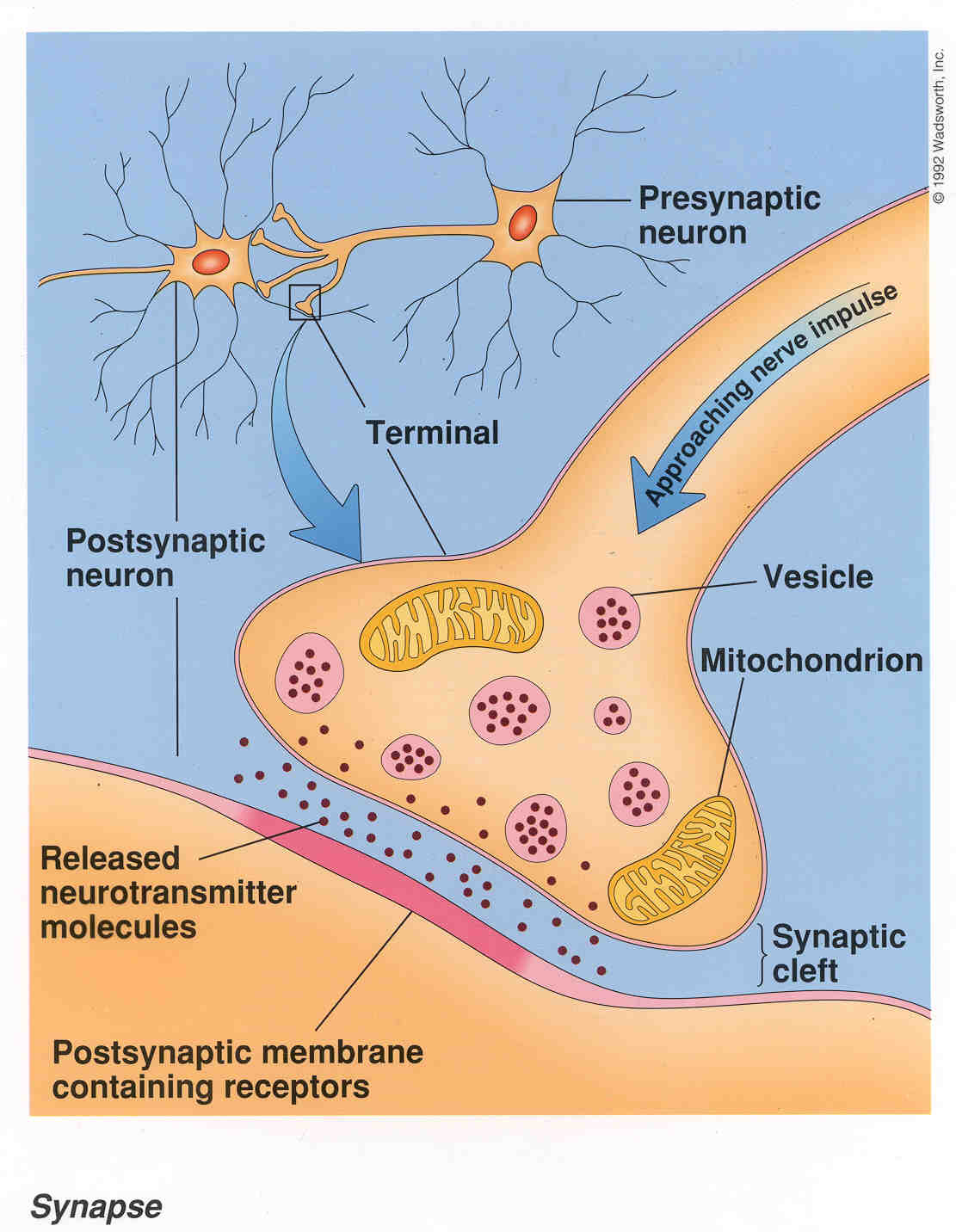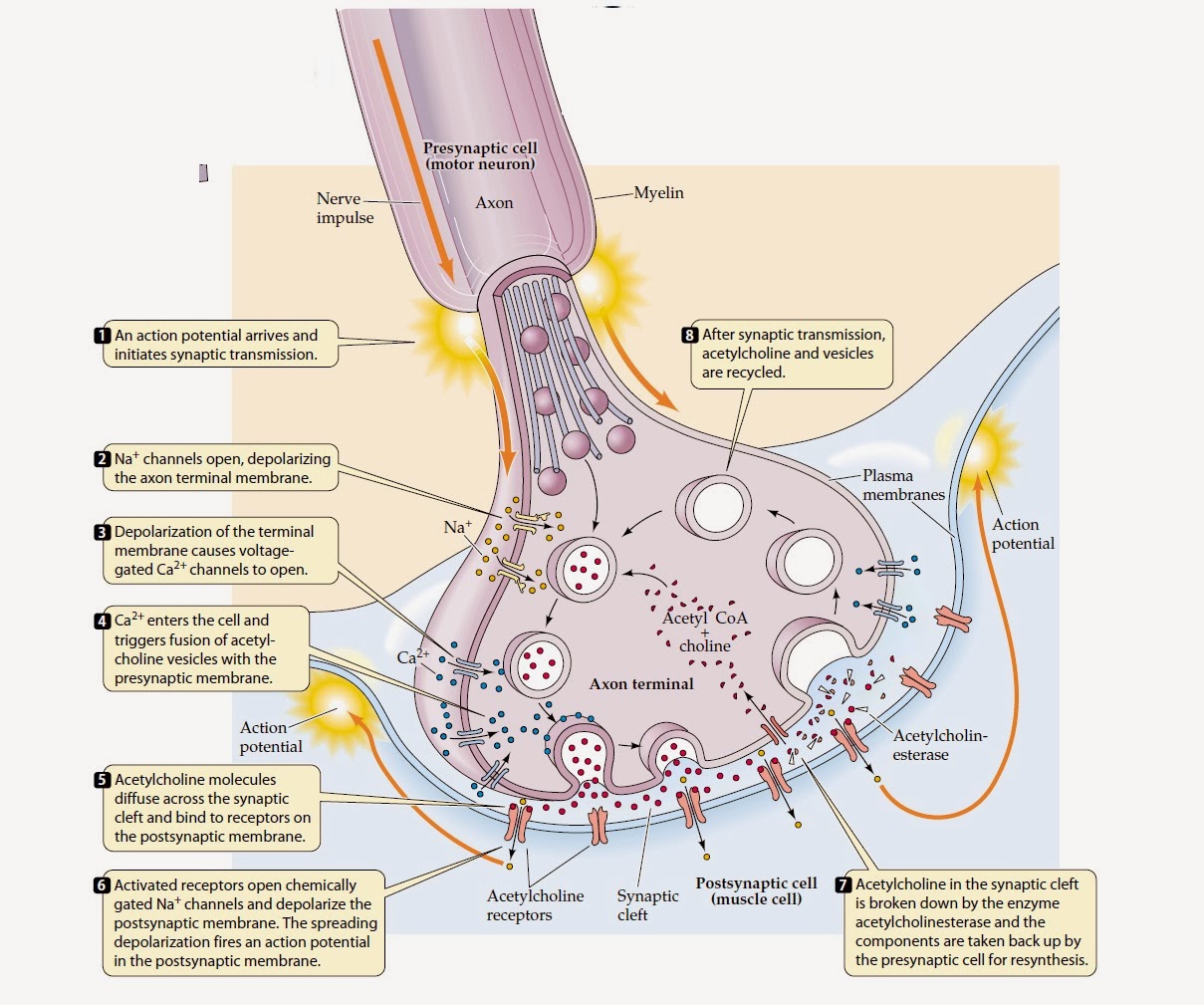The synaptic knob, also known as the synaptic terminal, is a crucial component in the intricate web of neural communication within the nervous system. This small structure plays a significant role in transmitting signals between neurons, enabling the complex functions of the brain and body. Understanding the synaptic knob is essential for grasping how information is processed in the nervous system and how various physiological responses are triggered.
In this article, we will delve into the anatomy and function of the synaptic knob, its role in synaptic transmission, and its implications for neurological health. By the end of this article, you will have a comprehensive understanding of this vital component of neural communication and its significance in both health and disease.
We will explore the mechanisms by which synaptic knobs operate, the types of neurotransmitters involved, and the overall impact of synaptic transmission on behavior and cognition. Whether you are a student of neuroscience, a healthcare professional, or simply someone interested in how the brain works, this article is designed to provide valuable insights.
Table of Contents
- What is a Synaptic Knob?
- Anatomy of the Synaptic Knob
- Function of the Synaptic Knob
- Neurotransmitters in Synaptic Transmission
- The Process of Synaptic Transmission
- Synaptic Plasticity
- Clinical Significance of Synaptic Knobs
- Future Research Directions
What is a Synaptic Knob?
The synaptic knob is the distal end of an axon terminal where synaptic transmission occurs. It is a bulbous structure that contains synaptic vesicles filled with neurotransmitters, which are essential for communication between neurons. When an electrical impulse, or action potential, reaches the synaptic knob, it triggers the release of neurotransmitters into the synaptic cleft – the small gap between adjacent neurons.
Key Characteristics of Synaptic Knobs
- Located at the end of axon terminals.
- Contains synaptic vesicles filled with neurotransmitters.
- Facilitates communication between neurons through synaptic transmission.
- Plays a role in regulating various physiological responses.
Anatomy of the Synaptic Knob
The anatomy of the synaptic knob is specialized for its role in neurotransmission. It comprises several key structures:
Components of the Synaptic Knob
- Synaptic Vesicles: Membrane-bound sacs that store neurotransmitters.
- Presynaptic Membrane: The membrane of the synaptic knob that faces the synaptic cleft.
- Calcium Channels: Channels that open in response to an action potential, allowing calcium ions to enter the synaptic knob.
- Receptors: Proteins on the postsynaptic membrane that bind neurotransmitters and initiate a response in the receiving neuron.
Function of the Synaptic Knob
The primary function of the synaptic knob is to facilitate the transmission of signals between neurons. When an action potential arrives at the synaptic knob, it initiates a series of events that culminate in the release of neurotransmitters. This process is essential for communication within the nervous system and influences various bodily functions.
Role in Neural Communication
The synaptic knob serves as a critical junction where information is exchanged. The release of neurotransmitters into the synaptic cleft allows for the propagation of signals to the next neuron, ensuring that information flows seamlessly throughout the nervous system. This process is fundamental to all neuronal activities, including muscle contraction, sensory perception, and cognitive functions.
Neurotransmitters in Synaptic Transmission
Neurotransmitters are chemical messengers that play a vital role in synaptic transmission. They are released from the synaptic knob and bind to specific receptors on the postsynaptic membrane, triggering a response in the receiving neuron.
Types of Neurotransmitters
- Excitatory Neurotransmitters: Such as glutamate, which promote the firing of action potentials.
- Inhibitory Neurotransmitters: Such as gamma-aminobutyric acid (GABA), which inhibit neuronal firing.
- Modulatory Neurotransmitters: Such as dopamine and serotonin, which influence mood, motivation, and behavior.
The Process of Synaptic Transmission
Synaptic transmission is a complex process involving multiple steps. Here is a simplified overview:
- An action potential travels down the axon to the synaptic knob.
- Calcium channels open, allowing calcium ions to enter the synaptic knob.
- Calcium influx triggers the fusion of synaptic vesicles with the presynaptic membrane.
- Neurotransmitters are released into the synaptic cleft.
- Neurotransmitters bind to receptors on the postsynaptic membrane.
- A response is initiated in the receiving neuron.
Synaptic Plasticity
Synaptic plasticity refers to the ability of synapses to strengthen or weaken over time, in response to increases or decreases in their activity. This phenomenon is crucial for learning and memory.
Types of Synaptic Plasticity
- Long-Term Potentiation (LTP): A long-lasting increase in synaptic strength.
- Long-Term Depression (LTD): A long-lasting decrease in synaptic strength.
Clinical Significance of Synaptic Knobs
Understanding the role of synaptic knobs has important implications for neurological health. Dysfunctions in synaptic transmission can lead to various neurological disorders, including:
- Alzheimer's Disease: Characterized by impaired synaptic function and neurotransmitter deficits.
- Parkinson's Disease: Associated with dopamine transmission abnormalities.
- Depression: Linked to neurotransmitter imbalances, particularly serotonin.
Future Research Directions
Ongoing research into synaptic knobs and their functions holds promise for advancing our understanding of the nervous system and developing new therapeutic strategies for neurological disorders. Areas of interest include:
- Investigating the role of synaptic knobs in neurodevelopmental disorders.
- Exploring the effects of neuroplasticity on recovery from brain injuries.
- Developing targeted therapies to modulate synaptic transmission in psychiatric disorders.
Conclusion
In summary, the synaptic knob is a vital component of neural communication, playing a crucial role in transmitting signals between neurons. Understanding its structure and function is essential for grasping the complexities of the nervous system and the intricacies of how we think, feel, and move.
As research continues to uncover the mysteries of synaptic transmission, we gain valuable insights into the treatment of various neurological and psychiatric disorders. We encourage you to leave comments, share this article with others, and explore more about neurobiology on our website.
Closing Remarks
Thank you for reading! We hope this article has provided you with a deeper understanding of the synaptic knob and its significance in the nervous system. Please visit our site again for more informative content on neuroscience and related topics.
Article Recommendations


